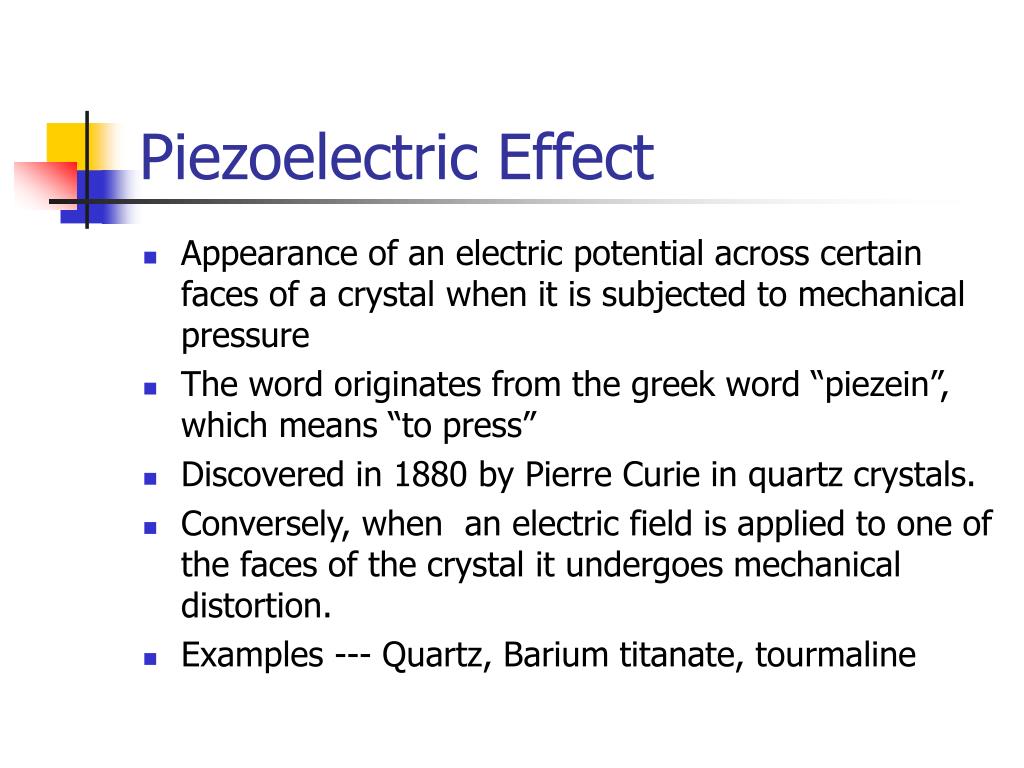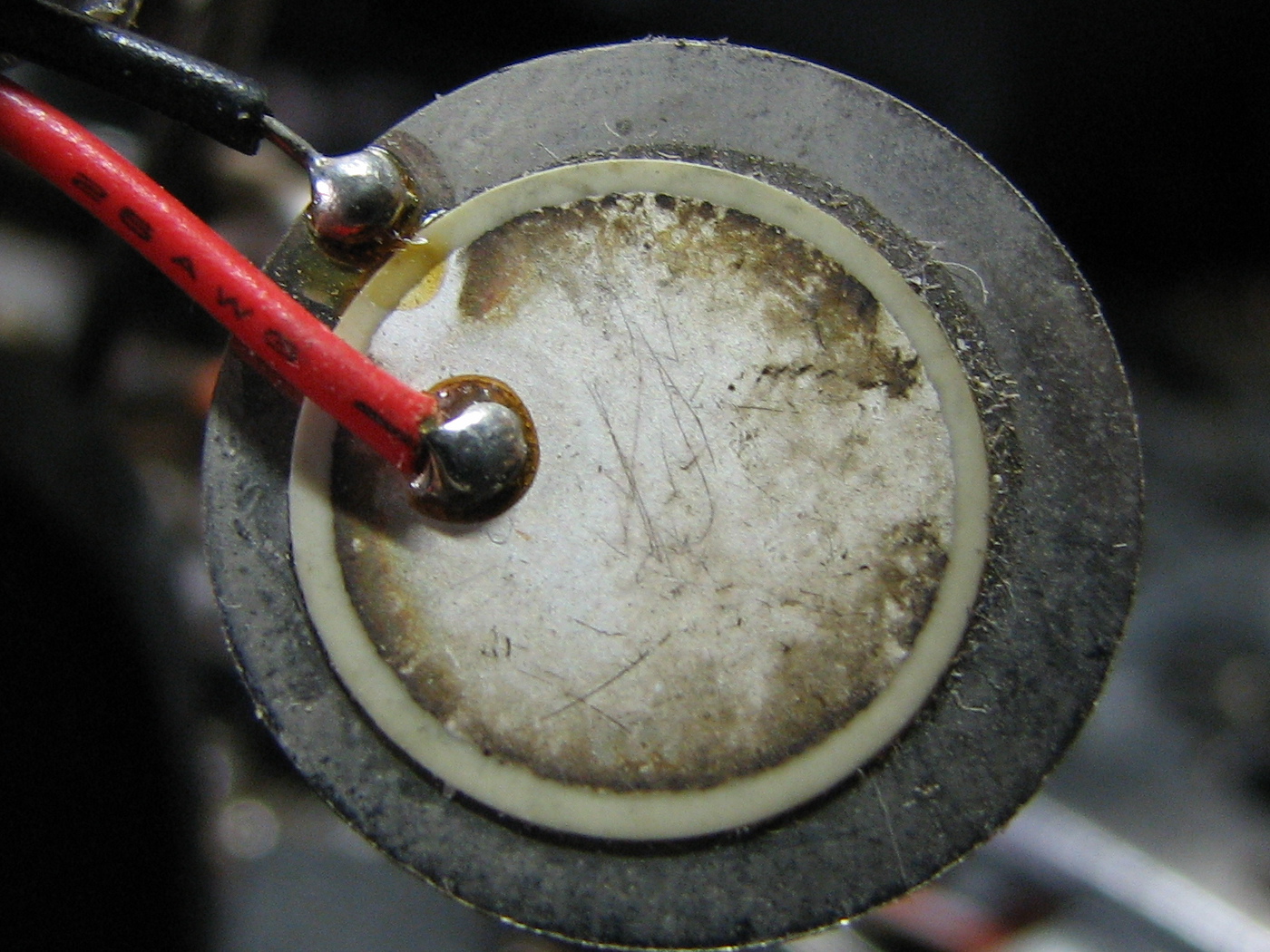

The piezoelectric effect has been exploited in many useful applications, including the production and detection of sound, piezoelectric inkjet printing, generation of high voltage electricity, as a clock generator in electronic devices, in microbalances, to drive an ultrasonic nozzle, and in ultrafine focusing of optical assemblies. įrench physicists Jacques and Pierre Curie discovered piezoelectricity in 1880.

The inverse piezoelectric effect is used in the production of ultrasound waves. Conversely, those same crystals will change about 0.1% of their static dimension when an external electric field is applied. For example, lead zirconate titanate crystals will generate measurable piezoelectricity when their static structure is deformed by about 0.1% of the original dimension. The piezoelectric effect is a reversible process: materials exhibiting the piezoelectric effect also exhibit the reverse piezoelectric effect, the internal generation of a mechanical strain resulting from an applied electric field. The piezoelectric effect results from the linear electromechanical interaction between the mechanical and electrical states in crystalline materials with no inversion symmetry. It is derived from Ancient Greek πιέζω ( piézō) 'to squeeze or press', and ἤλεκτρον ( ḗlektron) ' amber' (an ancient source of electric current). The word piezoelectricity means electricity resulting from pressure and latent heat.

Piezoelectricity ( / ˌ p iː z oʊ-, ˌ p iː t s oʊ-, p aɪ ˌ iː z oʊ-/, US: / p i ˌ eɪ z oʊ-, p i ˌ eɪ t s oʊ-/) is the electric charge that accumulates in certain solid materials-such as crystals, certain ceramics, and biological matter such as bone, DNA, and various proteins-in response to applied mechanical stress. Electric charge generated in certain solids due to mechanical stress Piezoelectric balance presented by Pierre Curie to Lord Kelvin, Hunterian Museum, Glasgow


 0 kommentar(er)
0 kommentar(er)
